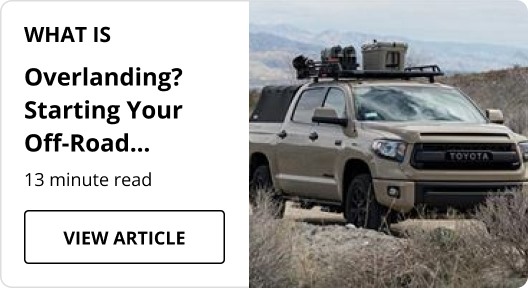
Overlanding Essentials and Gear
Ground clearance & tire condition – Will your vehicle handle the terrain ahead? Weight capacity – Are you carrying too much gear? Power & fuel range – Do you have enough fuel and battery power for the trip? Recovery & repair readiness – Can you handle minor breakdowns if they happen?



